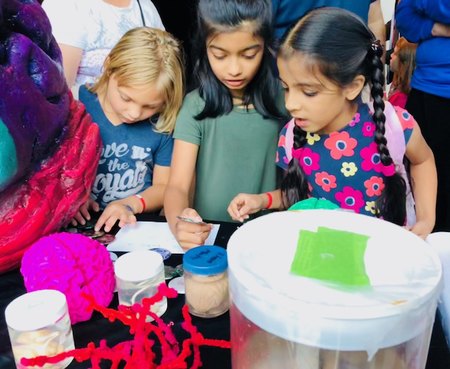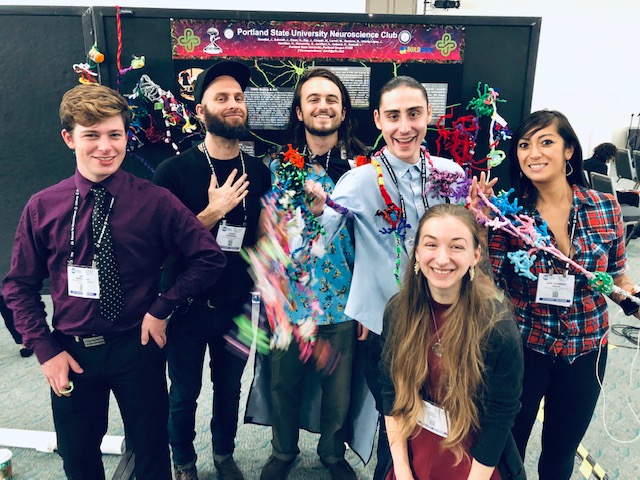
- This event has passed.
Noggin Keynote @ SfN Brain Awareness Campaign Event
November 3, 2018 @ 2:30 pm - 4:00 pm
WHAT: Noggin Keynote Address @ SfN Brain Awareness Campaign Event
We did it! Learn more at the link…
Synapsing in San Diego @ SfN!
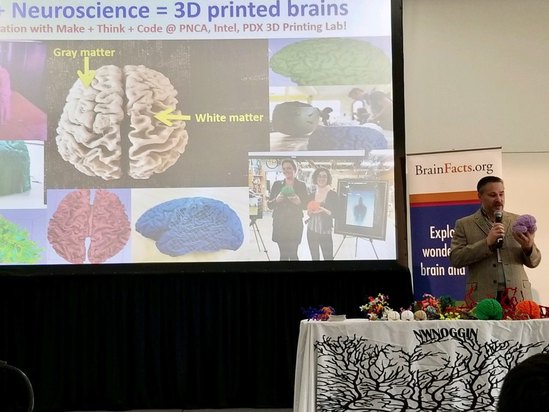
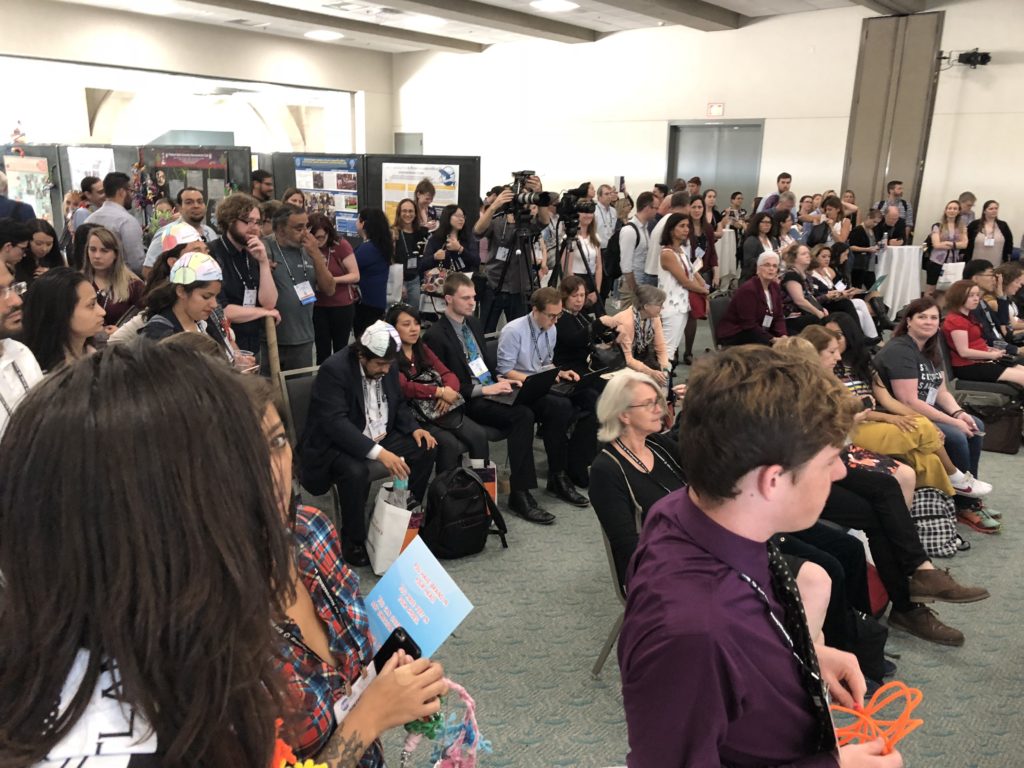
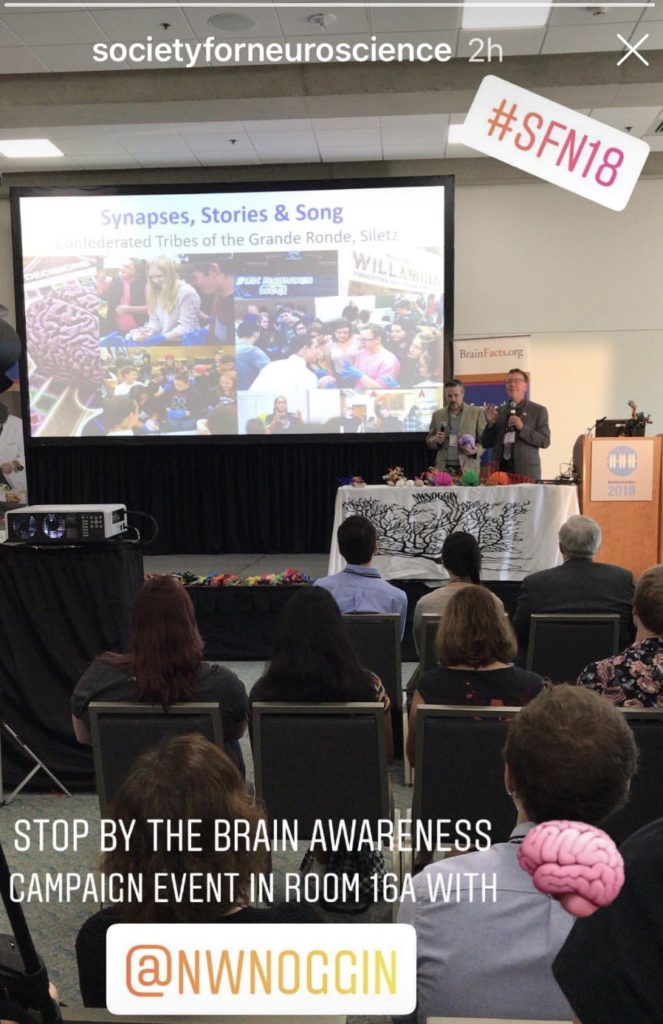
WHERE: San Diego Convention Center, SDCC 16
WHEN: Saturday, November 3, 2:30-4:00pm
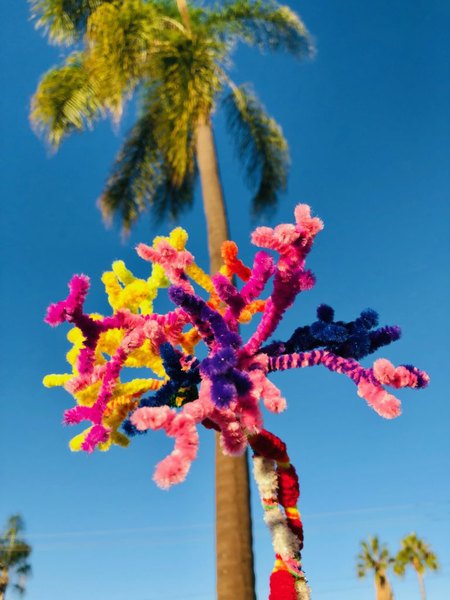
Organizer/Moderator: Society for Neuroscience

CLICK HERE TO LEARN MORE ABOUT NOGGIN PLANS AT SfN
NW Noggin: Action and Potential in Outreach, Education, and Research
We are deeply honored to receive this invitation, and enjoyed highlighting our creative and effective outreach volunteers!
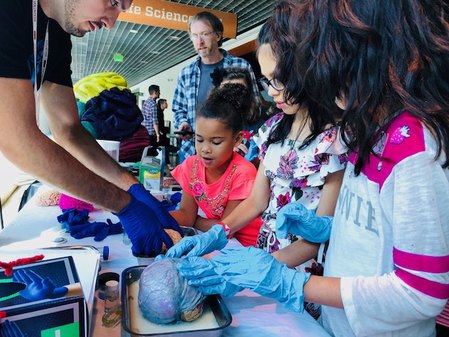
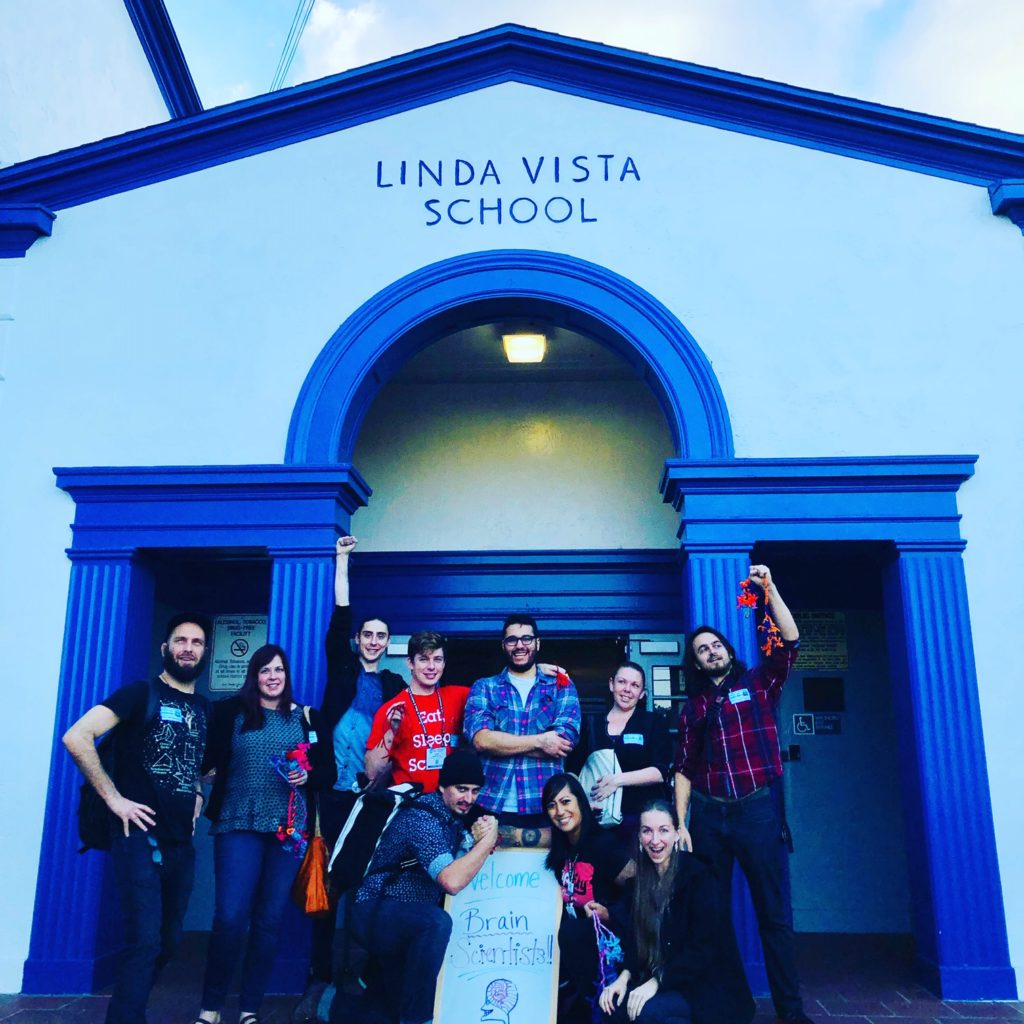
Celebrate brain awareness by sharing your outreach achievements with Brain Awareness Week organizers from around the world. Learn how award winners from the Brain Awareness Video Contest, the Faculty for Undergraduate Neuroscience, and the National Science Olympiad are raising brain awareness. Plus, hear from Bill Griesar and Jeff Leake, the founders of NW Noggin, a robust, creative, and largely volunteer-driven nonprofit organization that brings scientists, artists, and students of all ages together to share their expertise and excitement about neuroscience. *Diversity-Themed Session

PRESENTATION SLIDES: Brain Awareness SLIDES 2018 (ppt; compressed file)
PRESENTATION SLIDES: Brain Awareness SLIDES 2018 (pdf; compressed file)
AND…MAKE YOUR OWN PIPE CLEANER NEURON!
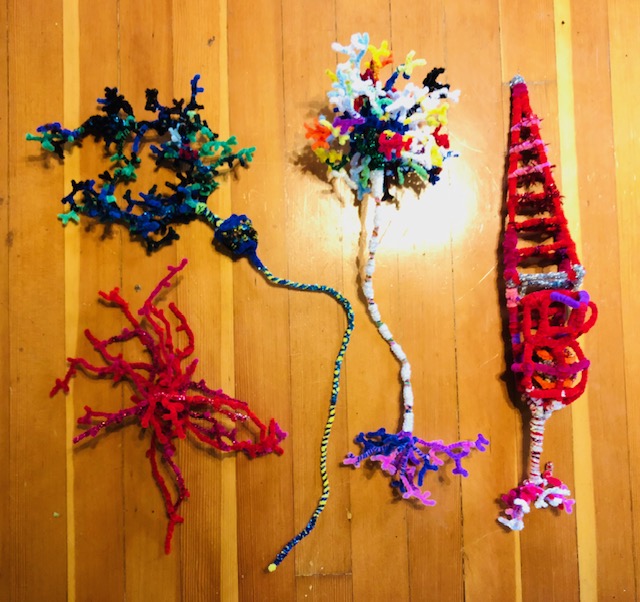
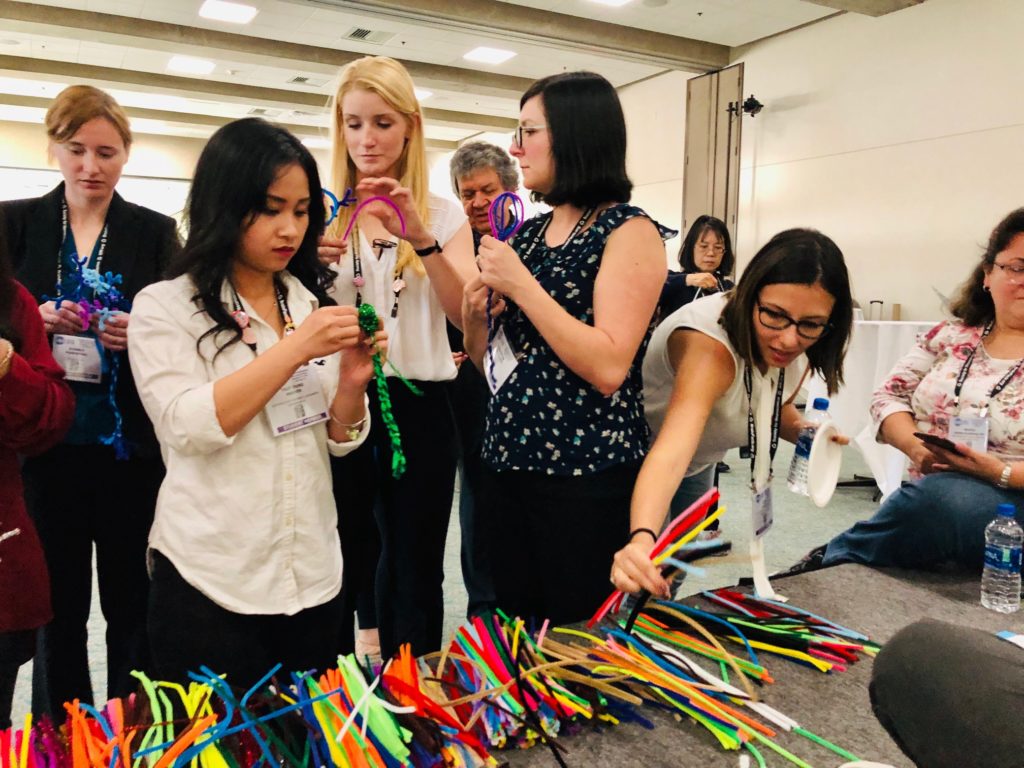
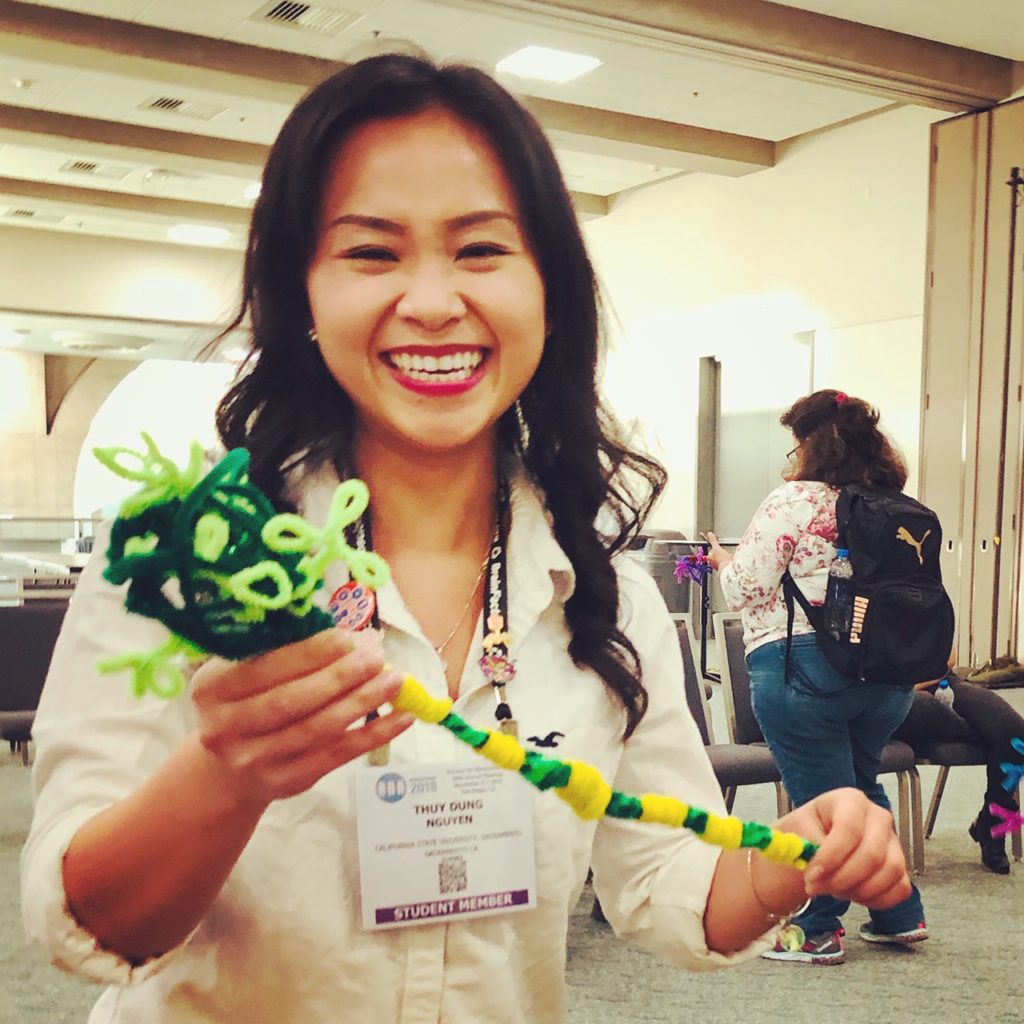
“This is a GFP expressing glutamatergic neuron!” Pipe cleaners provided by SfN and the NIH BUILD EXITO program at Portland State…
LEARN MORE: STEAM Art Projects
We visited San Diego public schools during the conference, as we did in 2016…

LEARN MORE: NW Noggin + UCSD Neuro K-12 Outreach
LEARN MORE: Cortical Connections in San Diego Schools!
And as we did during SfN in Washington DC in 2017…
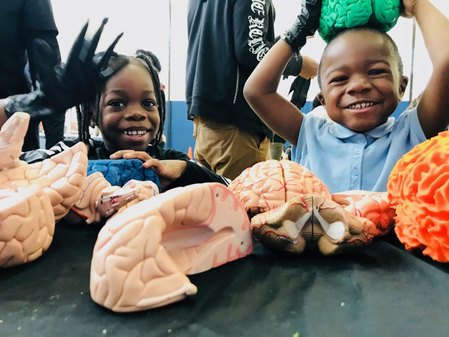
LEARN MORE: From classrooms to Congress!
We also presented our SfN poster during this event…
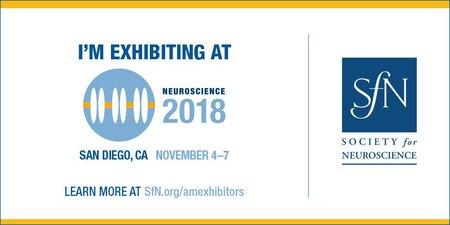
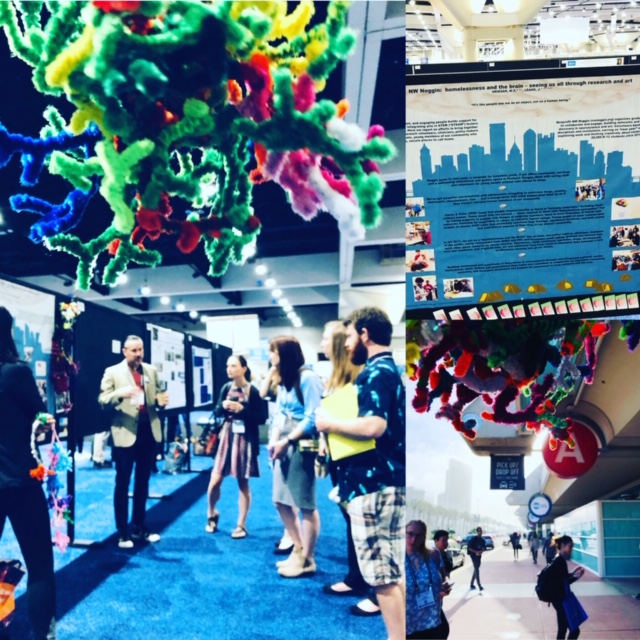
NW Noggin: homelessness and the brain – seeing us all through research and art
GRIESAR, W.S.* **, LEAKE, J.* ** ***
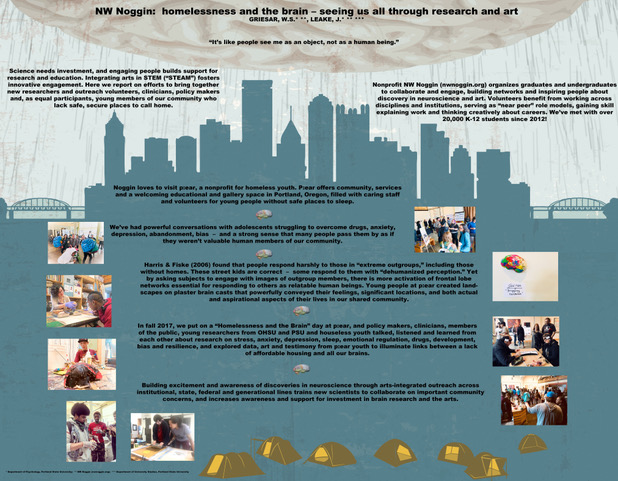
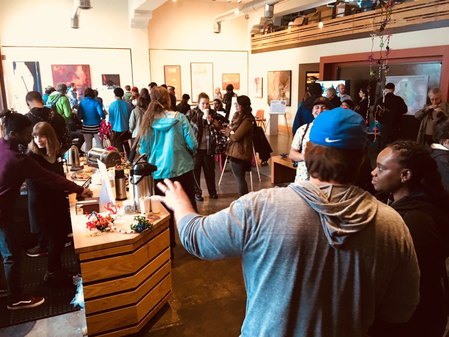
“It’s like people see me as an object, not as a human being.”
Science needs investment, and engaging people builds support for research and education. Integrating arts in STEM (“STEAM”) fosters innovative engagement. Here we report on efforts to bring together new researchers and outreach volunteers, clinicians, policy makers and, as equal participants, young members of our community who lack safe, secure places to call home. Nonprofit NW Noggin (nwnoggin.org) organizes graduates and undergraduates to collaborate and engage, building networks and inspiring people about discovery in neuroscience and art. Volunteers benefit from working across disciplines and institutions, serving as “near peer” role models, gaining skill explaining work and thinking creatively about careers. We’ve met with over 20,000 K-12 students since 2012!
Noggin loves to visit p:ear, a nonprofit for homeless youth. P:ear offers community, services and a welcoming educational and gallery space in Portland, Oregon, filled with caring staff and volunteers for young people without safe places to sleep. We’ve had powerful conversations with adolescents struggling to overcome drugs, anxiety, depression, abandonment, bias – and a strong sense that many people pass them by as if they weren’t valuable human members of our community. Harris & Fiske (2007) found that people respond harshly to those in “extreme outgroups,” including those without homes. These street kids are correct – some respond to them with “dehumanized perception.” Yet by asking subjects to engage with images of outgroup members, there is more activation of frontal lobe networks essential for responding to others as relatable human beings. Young people at p:ear created landscapes on plaster brain casts that powerfully conveyed their feelings, significant locations, and both actual and aspirational aspects of their lives in our shared community.
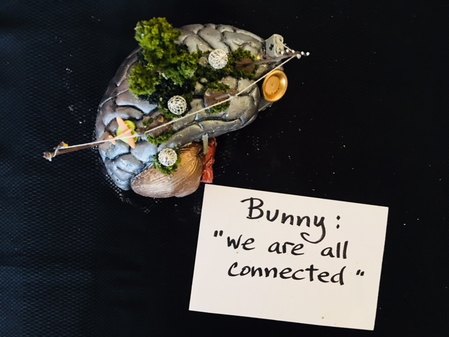
In fall 2017, we put on a “Homelessness and the Brain” day at p:ear, and policy makers, clinicians, members of the public, young researchers from OHSU and PSU and houseless youth talked, listened and learned from each other about research on stress, anxiety, depression, sleep, emotional regulation, drugs, development, bias and resilience, and explored data, art and testimony from p:ear youth to illuminate links between a lack of affordable housing and all our brains.
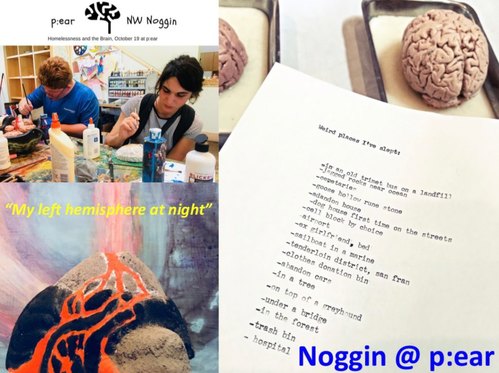
Building excitement and awareness of discoveries in neuroscience through arts-integrated outreach across institutional, state, federal and generational lines trains new scientists to collaborate on important community concerns, and increases awareness and support for investment in brain research and the arts.
* Department of Psychology, Portland State University; ** NW Noggin (nwnoggin.org); *** Department of University Studies, Portland State University
LEARN MORE: Landscapes of the Brain: Seeing us all through research & art
LEARN MORE: NW Noggin on homelessness and the brain
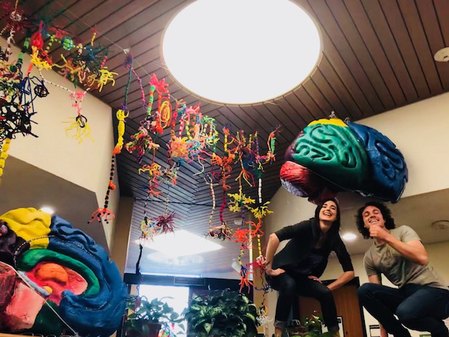
The Portland State University Neuroscience Club will also present a poster…
Outreach to diverse populations by Portland State University Neuroscience Club as a method to promote and enrich neuroscience research
Benefiel, J., Schmidt, J., Eisen, A., Ray, R., Sumrall, L., Chapek, M., Lerner, M., Garduno, R., Uriarte, J., Hamilton, H., Kiersarsky, S., Javaheri, A., Helback, O.
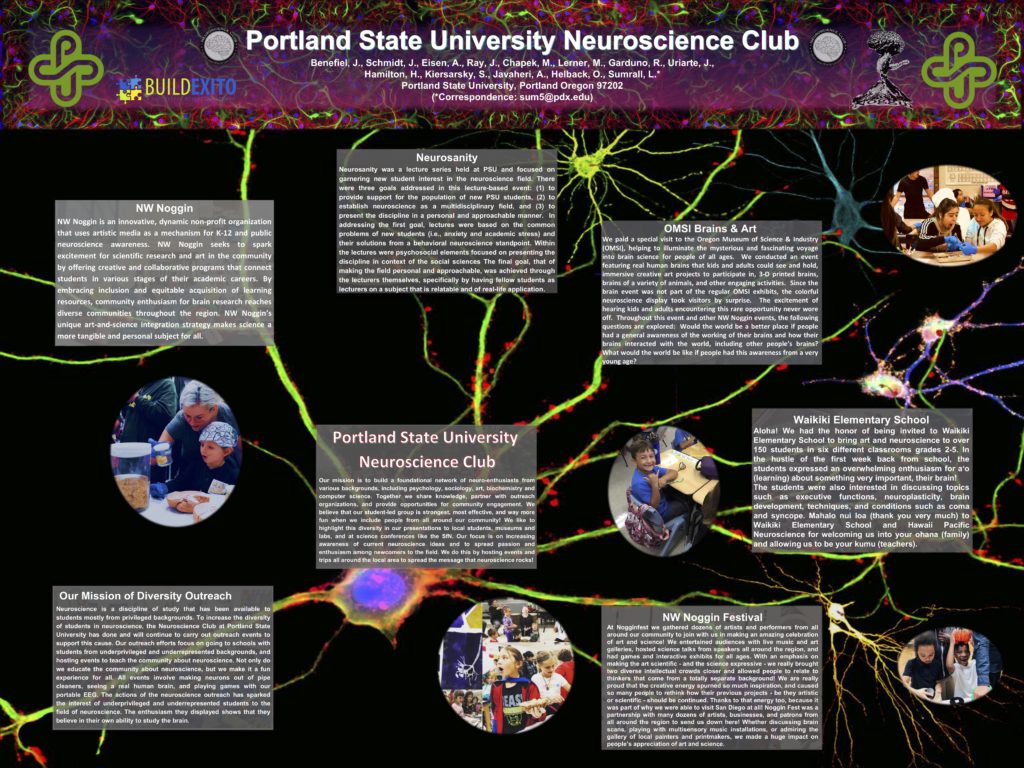
Our motto at Portland State University (PSU) is “Let Knowledge Serve the City.” The PSU Neuroscience Club, founded in 2012, has over 300 members, and serves to make neuroscience resources widely available. Our club has traditionally focused on undergraduates, but we aim to increase outreach in diverse populations, including diversity in age, socioeconomic status, ethnicity, sexuality, gender, religion, and mental health in order to expand opportunities and benefit the field. The club has analyzed three points of consideration in the context of diversity, including (1) what should outreach try to accomplish, (2) what should outreach consist of, and (3) what resources should outreach provide. The first point addresses the inconsistent reach of resources among communities, inequality which denies opportunities and excludes valuable viewpoints from the field. Outreach should strive to be the solution, offering education, opportunity, and equity to those who may otherwise be overlooked. Those who haven’t examined anatomy can have a chance to; those who have never talked to a neuroscientist can interact with scientists and students at length; and those who never thought they could contribute to the field might reconsider. How these goals are accomplished falls into the second point of what outreach should consist of. As in any communicative relationship, outreach involves the flow of information, and both outreach participant and community members have much to offer. Partnering with on campus organizations that promote diversity (e.g., NIH BUILD EXITO, PSU’s Equity & Empowerment Corps) is key. To ensure engagement, people have to be motivated or no progress can be made. A variety of methods have and will be used to engage attention in the club’s efforts, including the arts, games and one on one education. Our club uses low cost, portable devices to measure electrophysiological responses, the direct handling of actual human and animal brains, and games based on brainwaves. Providing resources that invite engagement and garner interest are required for successful, memorable outreach. The final concept goes beyond the resources of the present and provides resources for the future. An outreach experience should make access to the field a real possibility. The availability of paid internships, jobs, opportunities to get involved, scholarships, and creative outlets for expression can remain an active part of one’s life, even once the Neuroscience Club has left. These three points drive our club towards more expansive, effective outreach.
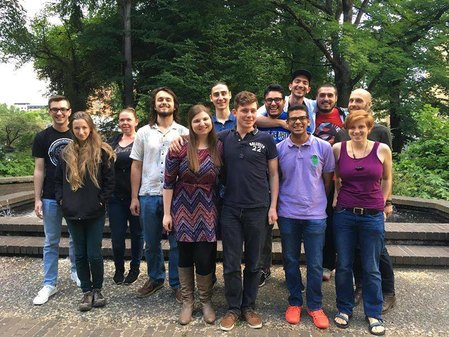
Keywords: diversity, neuroscience, educational outreach
A THIRD Noggin poster was prepared by PSU Psychology undergraduate and Noggin volunteer Jordan Ray!
Democratizing electrophysiological research technology for educational enrichment, public science, and inspiring the future generation of STEM researchers

Ray, J.* **, Griesar, W.S.* ** ***
At any given time, in every corner of our bodies, we experience millions of electrical fluctuations. These minute changes in voltage regulate the functions of our nervous system, instructions to and from the brain and spinal cord, directing neurons to fire in specific spatial and temporal sequence. These are exciting, critical events that captivate the minds of young students we meet through outreach with the nonprofit NW Noggin. However, it’s one thing to talk about electrophysiology, but why not demonstrate it in the classroom in real time?
All of these electrical signatures can be captured, amplified and measured using electrophysiological recording equipment. Traditionally, use of these systems required large financial investment. Research grade electrocardiogram (ECG), electroencephalography (EEG), and electrodermal activity (EDA) equipment are costly to obtain and not easy to transport. For these reasons, they are typically inaccessible to the average K-12 student at public school. Yet advancements in technology now offer the opportunity for greater public accessibility.
The aim of this project was to assemble low-cost equipment that could measure ECG, EDA, EMG, and EEG to educate kids in public school, and allow them to conduct experiments in their own environment. Through builds using various Arduino microcontrollers, simple analog voltage sensors, and homemade, DIY cabling solutions, we have recorded ECG, EDA and EMG. With the addition of an inexpensive OpenBCI Ganglion board, we can record EEG signals as well.
This opens up a world of discovery for kids at the institutions we serve, allowing students to learn more about technology surrounding electrophysiological equipment while also being able to hook up these systems and see voltage changes in real time. Many find the ability to assemble equipment at home a revelation and have been given resources to put together their own kits. We hope to expand this idea into inexpensive open source Arduino kits for students and teachers to use in their own classrooms.
Members of the neuroscience research community should connect with students in our own communities. Taking time to democratize research and information helps encourage the next generation of scientists. I believe that the average researcher/student/professor/community member deserves intuitive and flexible equipment that can help us discover more about electrophysiological aspects of ourselves and the world around us.
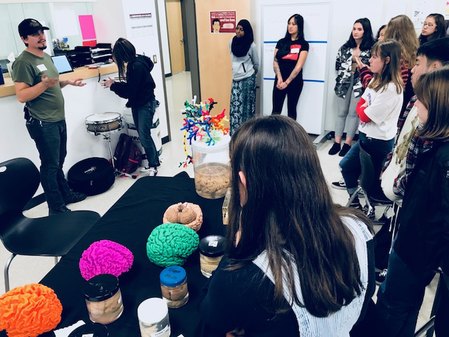
*Portland State University; **NW Noggin (nwnoggin.org), ***OHSU
